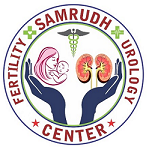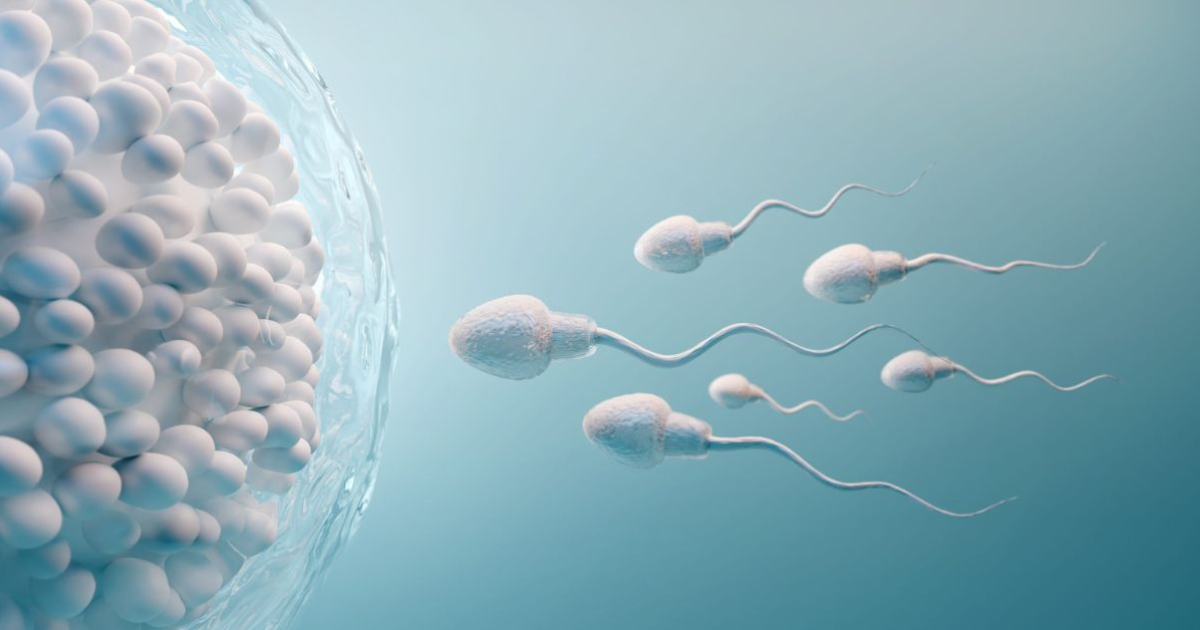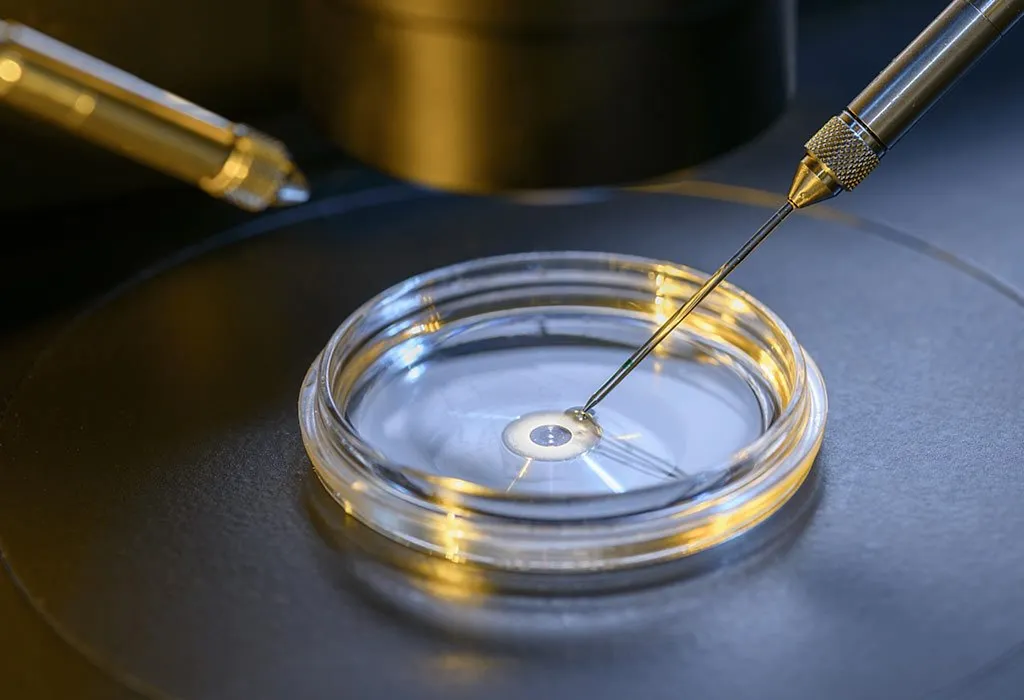In vitro fertilization (IVF) has transformed the way couples and individuals approach infertility treatment. One of the critical parameters that determines the likelihood of success is sperm motility, which refers to the ability of sperm to move efficiently towards the egg. For fertilization to occur, sperm must be capable of progressive movement, and if motility is compromised, chances of pregnancy through IVF reduce significantly.
Understanding the minimum sperm motility required for IVF helps patients and doctors make informed decisions about treatment strategies. This blog explores the science behind sperm motility, its role in IVF, influencing factors, treatment options, and expert recommendations from fertility specialists in India.
What is Sperm Motility?
Sperm motility is a key marker of male fertility. It measures the ability of sperm to swim effectively toward the egg. Without motility, even normal sperm count cannot guarantee fertilization.
There are two primary types of motility:
Progressive motility – sperm move in straight lines or large circles, effectively moving forward.
Non-progressive motility – sperm move in irregular circles or barely move forward.
Only progressive motility contributes to successful fertilization, making it the most critical parameter in IVF success rates.Why Sperm Motility Matters in IVF
For IVF, the quality of sperm determines how effectively eggs can be fertilized in a laboratory setting. High sperm motility means a higher likelihood of sperm reaching and penetrating the egg. On the other hand, low motility (asthenozoospermia) can result in reduced fertilization rates, failed embryo formation, or unsuccessful implantation.
According to studies, sperm motility contributes to nearly 40–50% of male infertility cases in India. Addressing this factor early improves treatment outcomes, reduces the number of IVF cycles required, and enhances the probability of live births.
Minimum Sperm Motility for IVF Success
The World Health Organization (WHO) provides the following reference values for normal sperm motility:
| Parameter | WHO Reference Value |
|---|---|
| Progressive motility | At least 32% |
| Total motility (progressive + non-progressive) | At least 40% |
For conventional IVF, most clinics prefer a progressive motility of 32–40%. However, advanced procedures like ICSI (Intracytoplasmic Sperm Injection) can bypass the need for high motility by directly injecting sperm into the egg. This means even men with very low motility can achieve successful fertilization with medical assistance.
Factors Influencing Sperm Motility
Sperm motility is influenced by multiple biological, environmental, and lifestyle-related factors.
Lifestyle Choices
Smoking: Damages sperm DNA and reduces forward motility.
Alcohol consumption: Excessive drinking lowers sperm count and motility.
Poor diet: Lack of antioxidants, zinc, and vitamins weakens sperm health.
Health Conditions
Diabetes: Can lead to hormonal changes that impair motility.
Infections: Prostatitis and sexually transmitted infections damage sperm.
Hormonal imbalances: Low testosterone or thyroid disorders affect sperm movement.
Environmental Exposure
Toxins: Pesticides, industrial chemicals, and heavy metals reduce motility.
Heat: Prolonged exposure to saunas, hot tubs, or tight clothing increases scrotal temperature and lowers sperm quality.
Genetic Factors
Klinefelter syndrome or Y chromosome deletions may cause permanent motility issues.
Genetic screening helps in identifying such underlying conditions.
Treatment Approaches When Sperm Motility is Low
Even with compromised motility, modern fertility treatments provide multiple options:
Intrauterine Insemination (IUI): Sperm is washed and concentrated before being placed directly into the uterus, increasing chances of success.
IVF with ICSI: Even if motility is extremely low, a single healthy sperm can be selected and injected directly into an egg.
Antioxidant therapy: Supplements like Vitamin C, Vitamin E, Zinc, and Coenzyme Q10 are often prescribed to improve sperm health.
Hormone therapy: Helps restore balance when motility issues stem from low testosterone or thyroid conditions.
Improving Sperm Motility Naturally and Medically
Several strategies can boost sperm motility:
Lifestyle modifications: Quitting smoking, limiting alcohol, and maintaining a healthy weight.
Dietary improvements: Consuming foods rich in omega-3 fatty acids, folate, and antioxidants.
Exercise: Regular moderate physical activity enhances sperm health.
Medical treatments: Addressing infections, hormonal therapies, and in some cases, surgical corrections for varicocele.
Data and Insights on Sperm Motility and IVF Outcomes
According to the Indian Society for Assisted Reproduction (ISAR):
| Parameter | Finding |
|---|---|
| Average IVF success rate per cycle | 30–35% in women under 35 |
| Cases of male infertility in India | Around 40–50% of couples |
| Minimum motility for IVF | Progressive motility of 32–40% recommended |
| IVF with ICSI success rate in male infertility | Up to 60% fertilization success |
These figures underline the importance of addressing sperm motility as a key factor in fertility treatment success.
Frequently Asked Questions (FAQs)
What is considered normal sperm motility?
WHO defines 32% progressive motility as the baseline for normal.
Can low sperm motility be treated?
Yes. Through lifestyle changes, medications, or advanced techniques like ICSI, low motility can be managed effectively.
How does age affect sperm motility?
With age, both sperm count and motility decline. Men over 40 may experience reduced sperm quality, affecting IVF outcomes.
Is ICSI always required for low motility cases?
Not always. Depending on overall sperm quality and medical history, some couples may achieve success through IUI or conventional IVF.
When should one consult a fertility specialist?
If conception has not occurred after 12 months of unprotected intercourse, or after 6 months if the woman is over 35, it is advisable to seek medical help.
Conclusion and Next Steps
Sperm motility plays a central role in IVF success, with at least 32% progressive motility recommended for effective outcomes. While low motility poses challenges, modern fertility treatments such as ICSI offer solutions that can bypass natural barriers.
At Samrudh IVF in Bangalore, patients receive comprehensive testing, advanced treatment protocols, and personalized care tailored to individual fertility challenges. By focusing on improving sperm motility and leveraging the latest reproductive technologies, couples can greatly improve their chances of parenthood.









